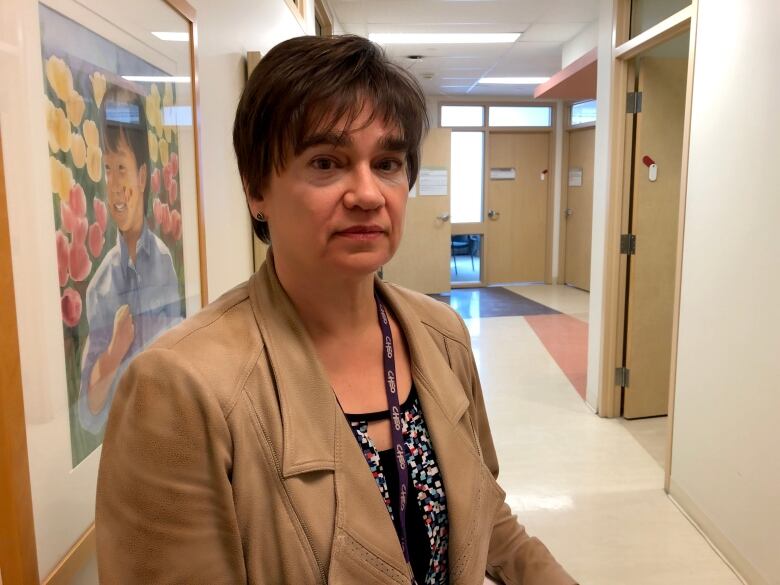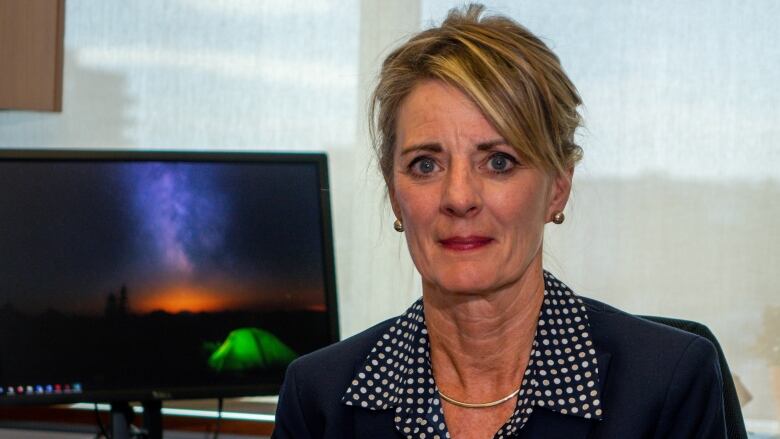CHEO bursting at the seams
Region's only children's hospital operated over capacity 2 out of every 3 days

Ottawa's children's hospital, CHEO, operated over capacitytwo out of every three days during the first half of 2019, more than than any other acute-care hospital in the city.
Thatstartling statistic comes from data obtained from Ontario's Ministry of Health through an access to information request by CBC.
From January to June, CHEOtook in more patients than it had room for on 121 of 181 days, or 66 per cent of the time. On seven of those days, the children's hospital was operating at over 120 per cent capacity.
By comparison, Toronto's Sick Kids was only over capacity 41 days during the first six months of the year.
The data comes as the provincial government promiseshealth reforms it vows will put an end to"hallway medicine"when hospitals become so crowded patients have to be assessed and treated in corridors because there are no beds.
Dr. Lindy Samson, chief of staff at CHEO, said the reasons are many: a busy flu season, a growing population and the hospital's status as the only one in the region dedicated to children.
"When you're the only facility, it really impacts us significantly," she said.
An increase in the number of young people seeking care for mental health issues also put a strain on the hospital's emergency department, Samson said.
The pressure on the hospital's pediatric intensive care unit is hitting some of the hospital's sickest children especially hard, Samson said.

"When those most critically ill children need care and if it's full, wehave no choice but to send them out of the region," she said. "It's the solution of last resort."
Elective surgeries everything from tonsillectomies to spinal and even heart surgeries are also being postponed as a result of the overcrowding.
"These aren't just things that can wait for months and months," Samsonsaid."It is so hard, and our hearts go out to the children and their families, and we never take it lightly and we work hard to try and reschedule it."
Family health teams
Rose Anne Devlin,a professor of economics at the University of Ottawa whose research has focused on health care in Ontario, believes the province could ease the pressure on hospitals by creating more family health teamsdoctors, nurses and nurse practitionerswho work together to provide primary care to patients outside the hospital setting, typically in the evenings.
The province created 184 of the teams between 2005 and 2012, and added another three last year. Devlin is calling for more to ease the strain on overcrowded hospitals.
"Something has to happen," she said. "A hospital is a very expensive place to treat conditions that primary doctors could provide."

Trying something different
In anticipation of this year's flu season, CHEO has used a one-time, $1.5-million bailout from the province to open nine more beds, but the funding runs out at the end of March.
In an attempt to boost efficiency, the hospital has also hired a "flow coordinator" to oversee admission and discharge.Since December, department heads have been convening for a morning huddlein a newly created command centre where they, too, try to manage admissions and coordinate tests so patients can be discharged as quickly as possible at the other end.
It's led to fewer cancelled surgeries and faster admissions, Samson said.
"This year felt like the year we had to try something differently," she said."Coming together as a command centre was the best way, and we're seeing some early positive results."












_(720p).jpg)


 OFFICIAL HD MUSIC VIDEO.jpg)
.jpg)



























































































